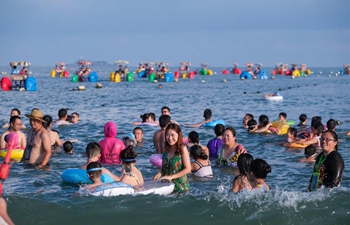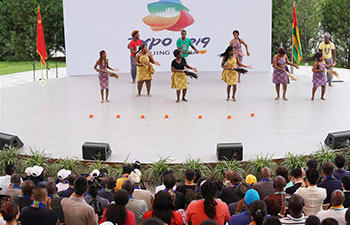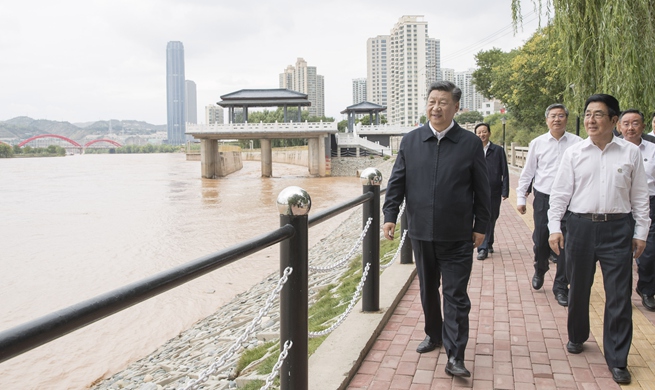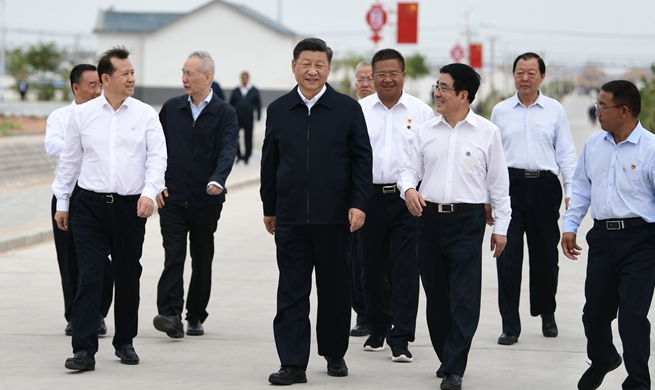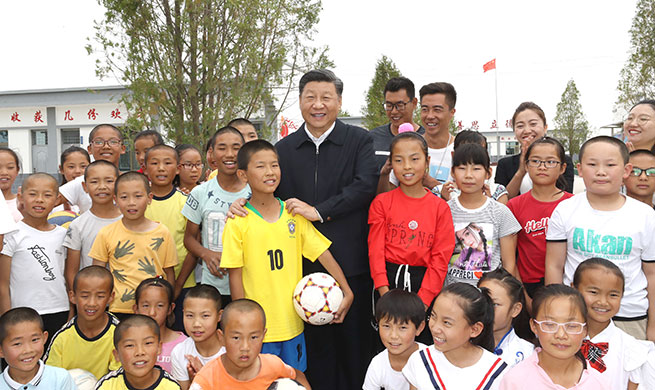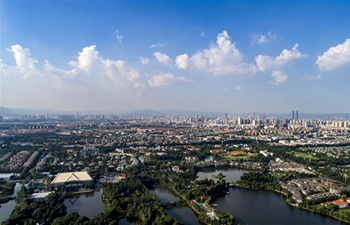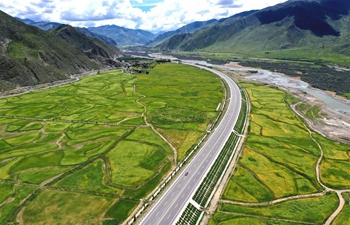BEIJING, Aug. 23 (Xinhua) -- The water quality of the Bohai Sea and the pollution prevention capacity have improved in general, but problems in some areas are still prominent, the National Audit Office of China said Friday.
The office recently audited the environment protection of five provinces and municipalities around the Bohai Sea, including Beijing, Tianjin, Hebei, Liaoning and Shandong.
The central government and the five local governments have invested 165 billion yuan (23.57 billion U.S. dollars) in ecological and environmental protection in the Bohai Sea since 2013, the office said.
The proportion of first-class and second-class water quality sites in the Bohai Sea coastal waters has grown from 63.2 percent to 76.5 percent, and the proportion of third-class and fourth-class water quality sites has dropped from 30.7 percent to 12.4 percent, while the occurrence of red tide dropped by 61.5 percent, it said.
The sewage treatment capacity of 34 cities sampled rose by 31.55 percent, and the sewage treatment rate expanded by 4.6 percent, the office said.
However, ecological problems in some sea areas are still prominent.
The six typical marine ecosystems in the Bohai Sea, such as Jinzhou Bay and Laizhou Bay, are still in a sub-healthy state, and the proportion of coastal waters inferior to the fourth-class of water quality in Liaoning and Shandong rose from 3.6 percent in 2016 to 16.1 percent in 2018.








